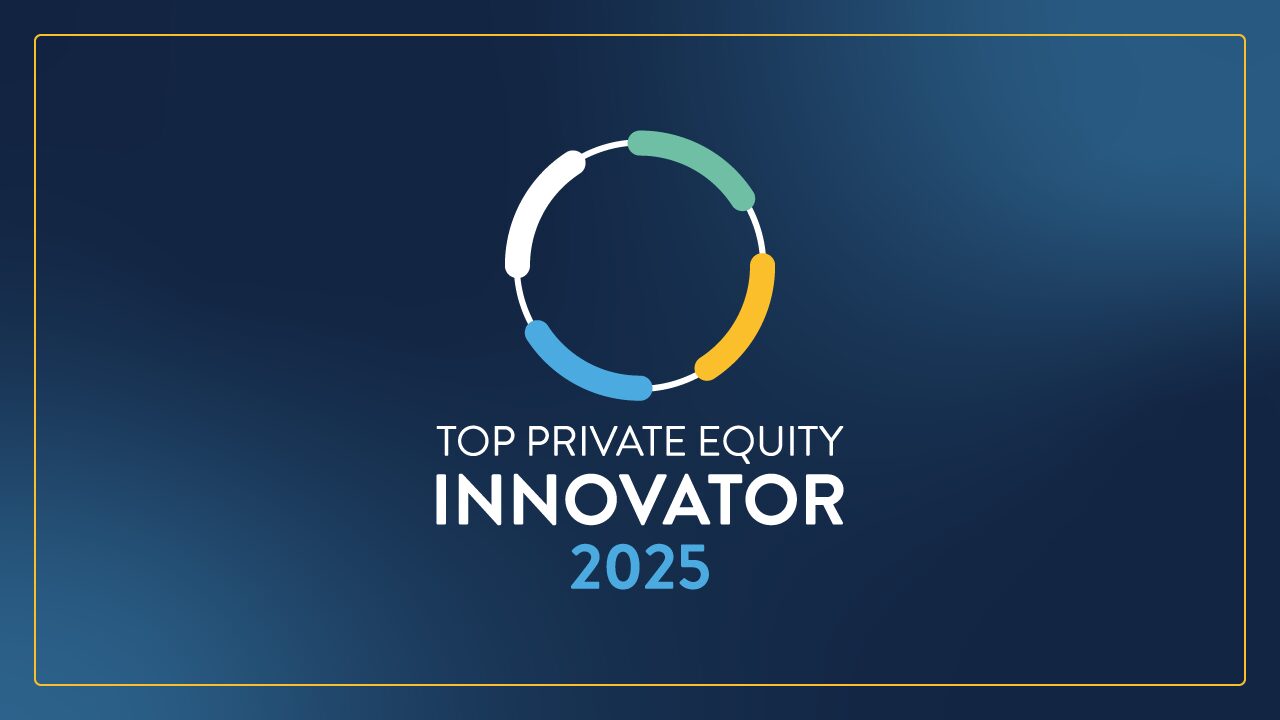Anyone who has spent a significant amount of time in the private equity industry understands how difficult it is to “disrupt” the space. This has less to do with a lack of desire and more to do with the heaviness of the lift: being an innovator or a market leader is not for the faint of heart. But as we are discovering, after a year that rocked the globe and upended many aspects of our lives, now is the time to make strides and truly challenge the status quo.
For Colleen Gurda and her partner Sarah Abdel-Razek, they embraced the economic contraction and shifting tides of 2020 by founding New York-based fund, Riveter Capital. Passionate about supporting women and minority-owned or –led businesses in the lower middle market, they built their thesis around this underserved demographic and are on the hunt for quality founder- and family-owned businesses to partner with.
Case in point: When I hopped on a call to discuss everything from entrepreneurship to diversity to fractional talent, Colleen opened with: “It’s a little hectic today, we have three LOIs going out, so I’ll talk fast.” Her enthusiasm and passion are clear, and I have no doubt you’ll find her take on the future of PE to be filled with hope, realistic insights, and food for thought.
Sean Mooney: What was the genesis of Riveter?
Colleen Gurda: Having spent the majority of my career in a male-dominated industry, I knew the specific challenges many women in positions similar to mine faced—as well as the opportunities to do things differently. I’d been thinking about how I could combine my passion for women in business with my skillset, so when the pandemic hit and all these businesses owned by women and minorities were being disproportionately affected, I knew it was time to make the jump.
Women represent so many small businesses, but they don’t have access to capital. My partner and I saw a huge market gap in the PE world for these types of businesses in the $1M to $5M EBITDA range. We essentially close the “access to capital” gap, while realizing good returns for our investors.
SM: How did you overcome any “fears” about stepping out on your own and becoming an entrepreneur?
CG: I’ve always had an entrepreneurial itch but wanted to make sure I had the experience and credentials to be successful. After 15 years of investment banking and investing experience, I finally felt like I had the necessary tools to go out on my own. Having a partner in crime (Sarah) was also really important—both of us had the same vision yet complementary skillsets and the mutual support made the decision much easier.
Beyond that, during my years at other investment firms, I saw my peers moving upmarket only. So, I knew, from a competitive perspective, there was a chance to do smaller deals but have an outsized impact. The path to revenue growth was wide open and not oversaturated; this gave Sarah and me the confidence to test the thesis without the cost of having to outpace a lot of competition.
SM: You invest in minority-owned/managed businesses, but can you talk a bit more about your criteria for choosing companies in which to invest?
CG: Our core focus is women– and minority-owned and/or managed businesses. Right now, we are focused on companies with $10M+ revenue with $1M to $5M EBITDA in the areas of business services, manufacturing, consumer/retail, and healthcare services—although that will likely expand in the future. We are mostly interested in buyouts, founder ownership transitions, recapitalizations, growth and acquisitions, and rollup strategies. Beyond the leadership criteria, we look for fairly standard industry things like proven business models in stable industries, a strong value proposition, high free cash flow, and an identifiable value creation plan.
SM: Any examples of how a company you’ve been involved with saw positive economic impact by leaning into the idea of building a diverse workforce?
CG: We were recently involved with a waste management company specializing in waste collection, processing, and recycling. The organization had very little diversity on the teams, particularly in leadership positions, and no formal HR strategy. Our investment thesis was to formalize all policies and procedures, then top grade the management team. After implementing our suggested changes, the company attracted a more diverse workforce, which in turn embraced the ‘professionalization’ of the company. This included the way the company related to and communicated with its diverse customer base. As a result, the company improved its margins, increased customer retention, and was better positioned to win larger contracts from commercial customers.
SM: For middle market companies, why is access to fractional executives or specialized groups important?
CG: What we often see in the lower middle market are resource-constrained companies that can’t afford to build out a full team, or simply don’t have the bandwidth to manage growing their teams formally. At these companies, the CEO is also the COO and CFO, and probably more. Having access to episodic, expert teams and people is imperative for their growth.
Companies, like BluWave for example, allow us to bridge the skill gap until our portfolio companies are ready to hire full-time executives.
SM: What is one goal you have for 2021?
CG: As a fund, our goal is to prove the Riveter thesis, given there aren’t many (if any) firms out there doing what we are doing. We want to prove that there are really high-quality women– and minority-owned or –led businesses worth investing in, and that good returns are possible by looking at these largely underrepresented groups. While we do enjoy the fact that there isn’t much competition yet, I hope we inspire other investors to start thinking outside the box.


